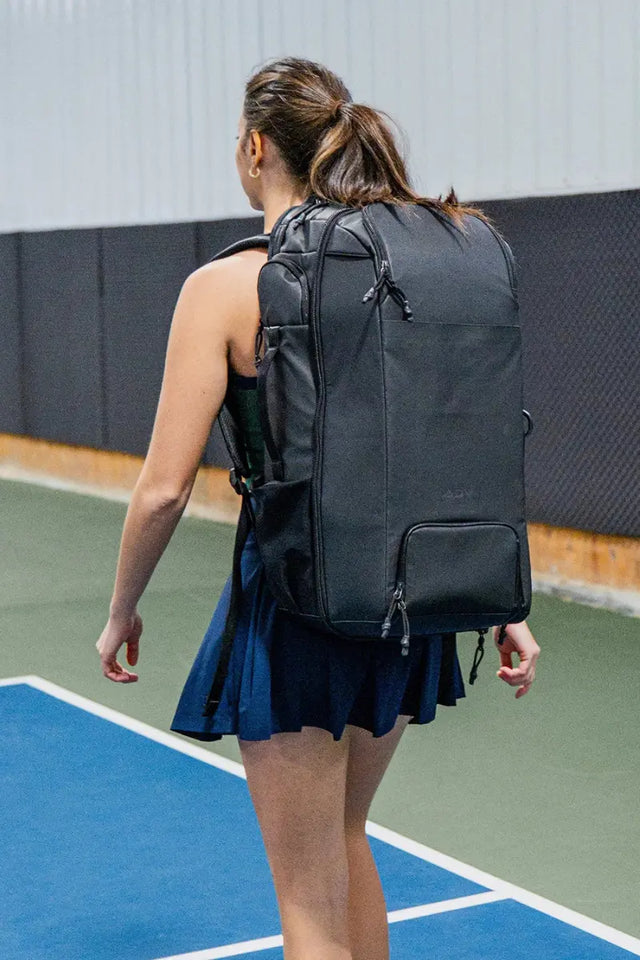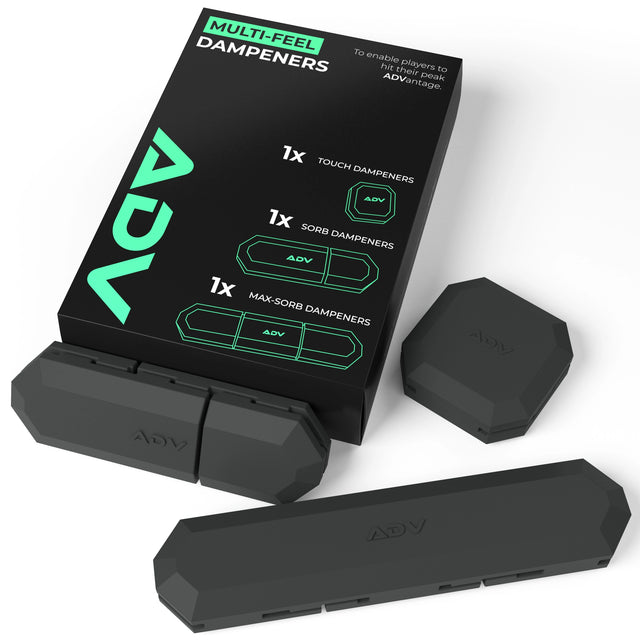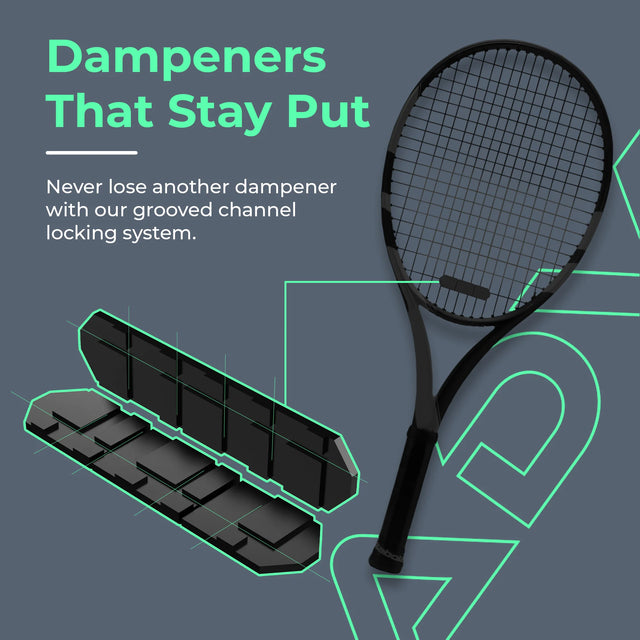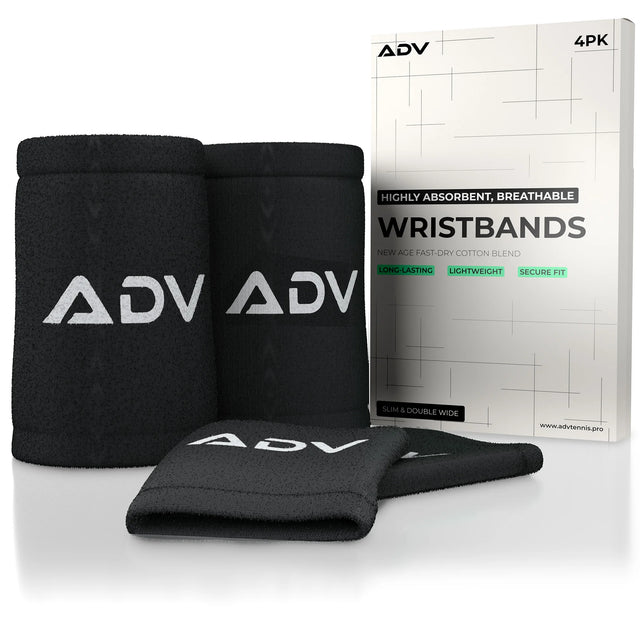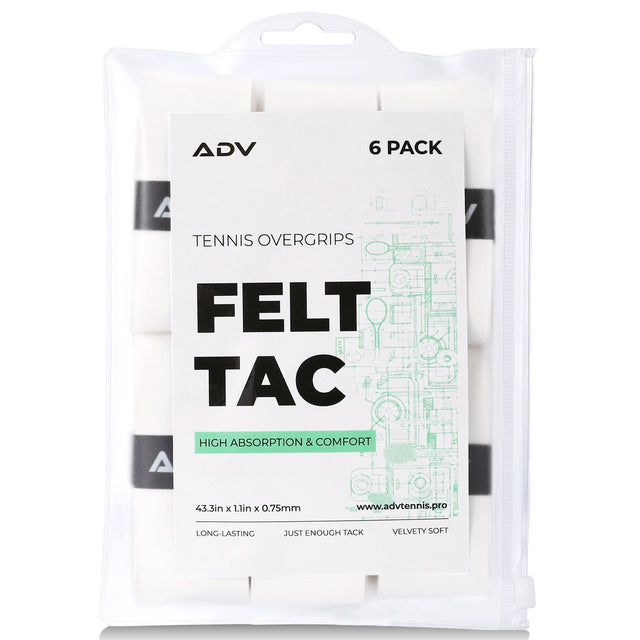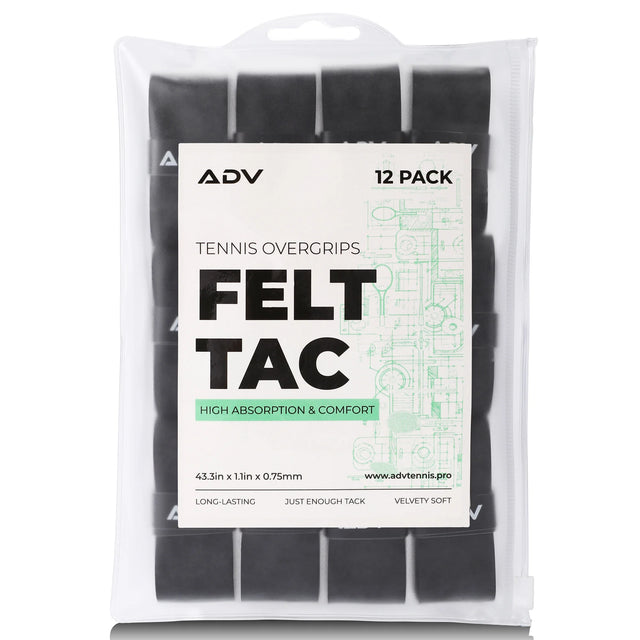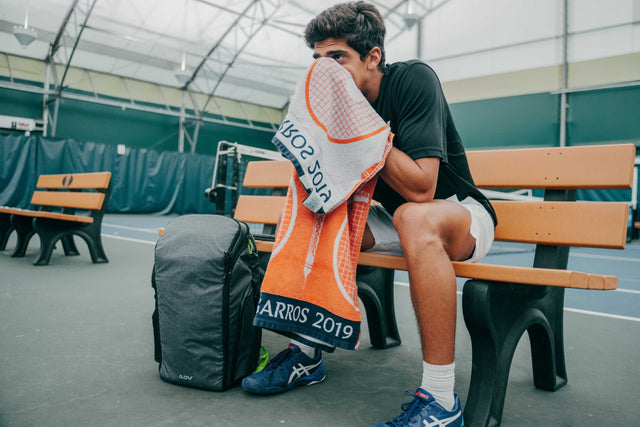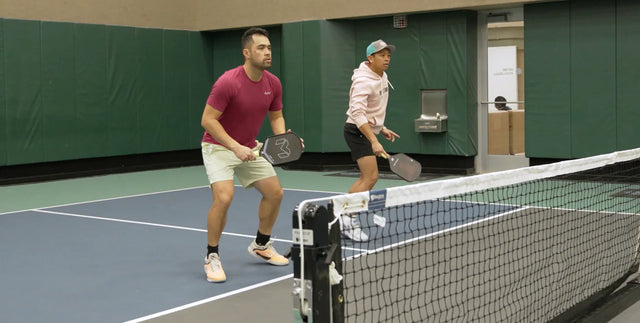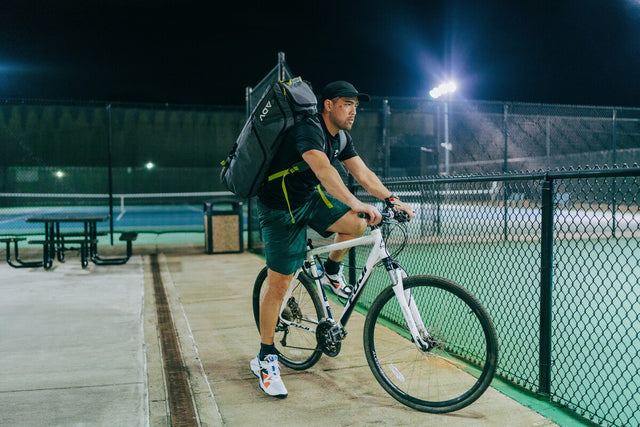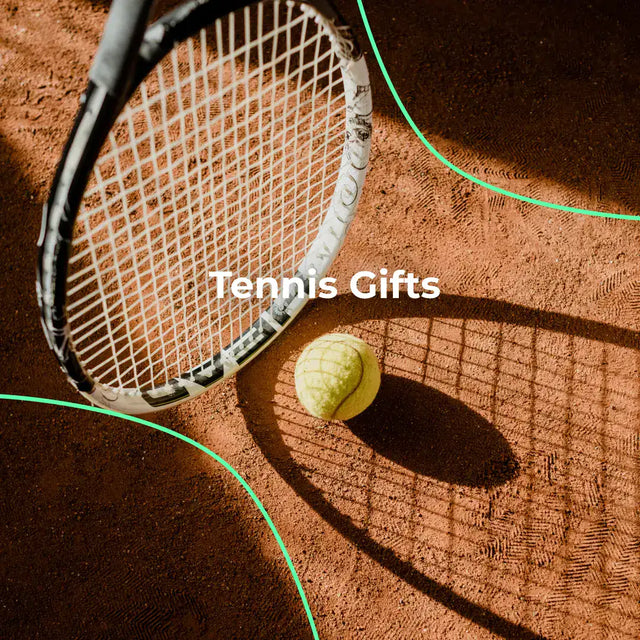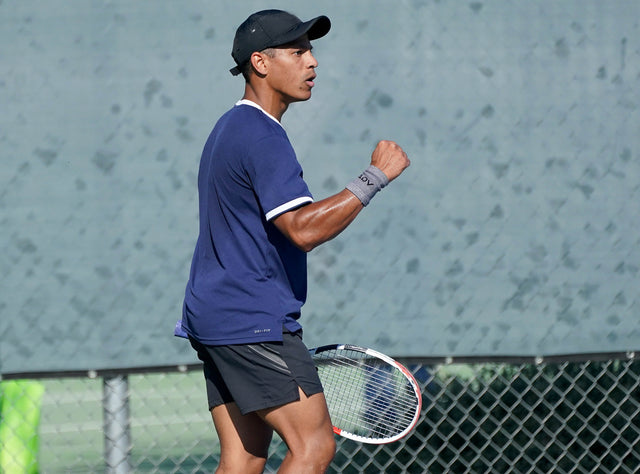What Competitive Players Look for in Their Tennis Equipment
In competitive tennis, equipment can significantly impact a player's performance. A small change in grip or racket weight can shift the outcome of a match. This is why players who compete regularly take their gear choices seriously. They select tools that match their playing style and support their performance under pressure. Whether it's shoes that prevent slipping or competitive tennis gear designed to boost swing speed, these details matter. Equipment also plays a crucial role in maintaining consistency during long matches. The proper setup gives them a competitive edge every time they step onto the court.
Mastering the Tennis Racket and Strings
Choosing the Right Racket Frame
A heavier racket can offer more power and stability, while a lighter one may provide better maneuverability. The key is finding a balance that complements your strength, playing style, and technique. Advanced players often experiment with different frame stiffness levels to find the perfect match for their needs. The wrong frame can slow reaction time or lead to fatigue. For those seeking elite performance, using the right tennis gear for pros can elevate gameplay significantly. Racket choice is about control and maximizing every movement during a match.
Evaluating Durable Tennis Strings
Competitive players often choose durable polyester strings because they maintain tension and resist wear. These strings can produce extra spin on topspin shots and offer great feedback on contact. However, comfort and feel also matter, especially for those prone to arm issues. Hybrid setups are a popular solution, offering a blend of strength and softness. Players looking to stay sharp through long matches often choose durable tennis strings that won’t break down quickly. String tension and gauge may seem technical, but they are critical for serious athletes. Lower tension allows for more power and a softer feel, while higher tension improves control. Thicker gauges offer durability, while thinner ones provide better feel and spin. Getting the correct setup takes testing, especially as players adapt to new surfaces. Tension can even shift with changes in weather or altitude, making regular restringing important.

Exploring Tennis Racket Grip Types
There are several tennis racket grip types, all offering different levels of tackiness and moisture control. Some players prefer cushioned grips for shock absorption, while others like firmer grips for direct feedback. The grip also influences how easily the racket can be turned during fast exchanges. Slipping during a point can lead to unforced errors, so grip comfort is essential. Smart players test multiple grip types to find their ideal fit.
Customizing with the Best Tennis Accessories and Enhancements
Using Overgrips and Replacement Grips
Both allow competitive players to fine-tune the feel of their rackets without making major changes to the frame. Overgrips add a layer of tackiness and can improve sweat absorption, making it easier to maintain control during long matches. Replacement grips, on the other hand, alter the base feel and thickness of the handle. Athletes who play frequently often switch grips to maintain consistency in performance. Swapping grips also helps reduce hand fatigue and blistering, especially in warm conditions. Choosing the right combination can improve comfort and help a player feel more connected to their gear. This subtle upgrade is a key detail for players invested in optimizing racket sports gear for daily play.
Lead Tape and Balance Adjustments
Lead tape provides a straightforward method for adjusting a racket’s balance and weight without requiring a new frame. By placing small strips on different parts of the racket, players can add power to groundstrokes or increase stability on volleys. Adjustments to the balance point can also impact swing speed and the racket's feel during high-speed rallies. These changes are often based on personal preference and tested over time.
Vibration Dampeners
Positioned between the strings, these tools soften the feel of the racket and minimize unwanted hand or arm vibrations. While they don’t directly affect string tension or performance, they improve comfort and reduce the risk of strain during intense matches. Some players prefer the crisp sound of an undampened string bed, while others appreciate the muted feel a dampener offers. When used in conjunction with other tennis training equipment, these small additions can make practice sessions more comfortable and productive.
Rotating Racquets
This strategy ensures even wear on the frames and strings, helping each racket last longer. Rotating racquets can also help players adjust quickly to changes in string tension throughout a tournament. Using freshly strung rackets for key points or switching mid-match based on conditions is common at higher levels. Having a backup is also crucial in the event of unexpected power outages or weather-related issues. This practice is about preparation. Players who rotate their equipment regularly can extend the life of their gear.
Selecting the Ideal Tennis Bag
Tennis Bags with Compartment
Staying organized on match day is easier with tennis bags with compartments designed specifically for gear separation. These bags typically include dedicated spaces for rackets, shoes, wet clothing, water bottles, and accessories. Having a designated place for everything helps prevent items from getting damaged and allows for quick access when time is of the essence. Players can avoid clutter and confusion by knowing exactly where each piece of equipment is stored. Some compartments are even temperature-controlled to protect strings and drinks from extreme heat. Preparation becomes smoother with everything in its place. Competitive players rely on well-structured bags to maintain focus and eliminate unnecessary stress before stepping onto the court.
Stylish Tennis Bags
For many athletes, their bag is also part of their identity. Stylish tennis bags have become more popular as players seek a blend of performance and personal expression. These bags feature sleek designs that suit both casual and professional settings. While style is a factor, these bags are also built for endurance, protecting gear while maintaining a polished appearance. A good-looking bag adds confidence, whether you're training or competing.
Lightweight Tennis Bags for Travel Ease
Tournament schedules often require players to be on the move, and lightweight tennis bags help reduce the strain of carrying gear between matches or across long venues. These bags prioritize essential storage without excess bulk, making them ideal for travel or light practice sessions. Ergonomic designs ensure comfort over long distances. Even with a slimmer profile, they’re built to protect rackets and accessories from impact. Lightweight options support mobility and reduce fatigue, which is particularly important during busy match days.

Comparing Tennis Bag Brands
With so many options on the market, choosing the best tennis gear brands comes down to performance, design, and build quality. Top brands like ADV Tennis often test their bags in real match environments, focusing on comfort and wear resistance. The best bags combine thoughtful design with long-term durability, holding up to frequent use without fraying. Zippers, straps, and compartments must withstand heavy loads. Comparing features across brands can lead to a more reliable investment that fits practical needs.
Enhancing Performance with Training and Court Equipment
Essential Tennis Training Equipment
For tennis players aiming to elevate their game, raw talent is only part of the equation. Building a strong foundation of agility requires dedicated off-court training with the right tools:
- Agility Ladders: By performing a variety of drills, you target the neuromuscular coordination necessary for quick stops, starts, and split-step movement patterns in tennis. These drills train muscle memory, enabling players to react more fluidly on the court. They also improve balance and proprioception, which are essential for maintaining control during quick changes of direction.
- Resistance Bands: Resistance bands are one of the most versatile pieces of equipment in a tennis player’s training arsenal. They’re perfect for building strength without adding bulk, especially in the hips, shoulders, and core muscle groups crucial for rotation, stability, and acceleration. Bands can be used for dynamic warm-ups, mobility work, and targeted strengthening exercises. Because they allow for multi-directional resistance, they help replicate tennis-specific movement patterns. Resistance band training is also joint-friendly, making it ideal for injury prevention.
- Medicine Balls: For generating powerful serves and groundstrokes, core strength and rotational explosiveness are key. Using a weighted ball, athletes can perform rotational throws, overhead slams, and partner drills that activate the entire kinetic chain. These movements mimic the mechanics of a tennis swing, enabling functional power development. Medicine ball work also improves stability and balance, which are essential for transferring energy efficiently through the body. They come in various weights, making them suitable for both younger players building strength and advanced players focusing on explosive output.
- Cone Drills: Tennis involves multidirectional movement, and cone drills can be tailored to mimic these patterns. Players can work on quick lateral shifts, diagonal bursts, and sharp pivoting. Cone drills also sharpen reaction time by combining visual cues and sudden direction changes, simulating the unpredictability of match play. These exercises are ideal for improving speed in small spaces, helping players close in on balls faster and return to center more efficiently.
- Jump Ropes: It builds cardiovascular endurance, which is crucial for sustaining energy during long matches. Skipping also strengthens the ankle joints and calves, reducing the likelihood of common tennis injuries, such as sprains or strains. Rhythm and foot precision developed through jump rope drills carry over directly into court movement. Variations like high knees, double unders, and lateral hops can target specific aspects of agility and stamina. Jump ropes are also easy to integrate into warm-ups or travel workouts, making them a consistent tool for any serious athlete.
- Reaction Lights or Training Cones: Quick decision-making is a hallmark of great tennis players, and tools like reaction lights or numbered training cones help sharpen this cognitive edge. These tools introduce unpredictability into workouts, forcing players to respond rapidly to visual cues or commands.
- Speed Parachutes: Worn around the waist, the parachute creates drag as the athlete runs, forcing the leg muscles to work harder. This resistance strengthens hip extensors, glutes, and hamstrings. Once the parachute is removed, athletes often experience a noticeable increase in stride length. This means better court coverage, improved serve velocity, and quicker net approaches. Parachute drills also train acceleration and top-end speed, both of which are vital when tracking down wide balls or closing space after a short drop shot.
- Weighted Vests: Adding a weighted vest to agility or plyometric exercises introduces a layer of resistance that challenges endurance and strength simultaneously. By increasing body mass, weighted vests make routine movements like lunges, ladder drills, and cone sprints more physically demanding, pushing your cardiovascular and muscular systems further. This type of overload training can improve stamina and leg power, enhancing both your explosiveness and resilience over long matches. Weighted vests also aid in postural training, as the body must work harder to maintain proper alignment.
Thoughtful, consistent use of these tools will help transform raw potential into match-winning performance.
Portable Tennis Training Aids
These tools are often lightweight and easy to carry, making them ideal for players who travel for tournaments. Items like rebounders, mini nets, and compact swing trainers help refine technique outside of standard courts. With these tennis training aids, players can focus on repetition, timing, and muscle memory at home or on the road. The goal is to maintain consistency without relying on full setups.
Court Equipment That Supports Professional Conditions
High-level training often includes using tennis court equipment that mimics tournament environments. Nets with center straps, boundary markers, ball hoppers, and scorekeepers are more than just extras.. Having a proper court setup improves drills and simulates match scenarios more accurately. Many players also use benches and hydration stations to mirror conditions they’ll face in actual competition. Practicing with complete setups helps athletes feel more focused when the pressure is on.
Optimizing Apparel and Footwear for Peak Play
Moisture-Wicking Tennis Clothing
In high-intensity matches, players can’t afford to be distracted by sweat-soaked apparel. That’s why moisture-wicking tennis clothing is an essential part of any competitive player’s wardrobe. These garments pull sweat away from the skin, keeping the body cool and dry even during long rallies. Fabrics are designed to stretch and move with the athlete, allowing for a full range of motion.
Layered Athletic Gear for Varying Climates
Tennis tournaments often involve early morning matches, midday heat, or windy conditions, which makes adaptable clothing a necessity. Layering athletic gear for players offers the flexibility to adjust quickly to temperature swings without disrupting performance. Lightweight base layers provide warmth without restricting movement, while outer shells offer protection from wind and light rain. The right combination keeps muscles warm during warm-ups and cool between sets. Advanced materials ensure breathability while trapping heat where it’s needed most. Players who prepare for changing weather conditions with layered apparel perform more consistently.

Success in competitive tennis is about how well your gear supports your game. Every athlete has a unique style, and tailoring equipment to match that style is essential for reaching peak performance. A baseline player may benefit from a heavier racket for added stability, while an aggressive net player might prefer more maneuverable frames. Court tools should all align with individual strengths and strategies. Competitive players think beyond trends. They prioritize how each item contributes to their goals. When everything from shoes to a tennis racket bag fits your approach, it becomes easier to execute your game plan. Smart gear choices enable athletes to focus on the game, not on adjustments, resulting in improved consistency and fewer disruptions on the court.

